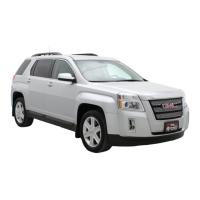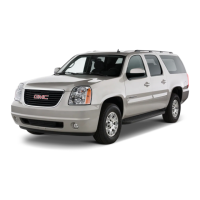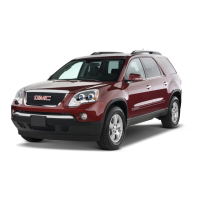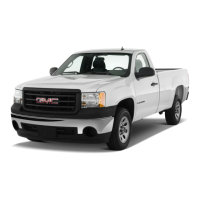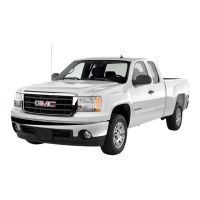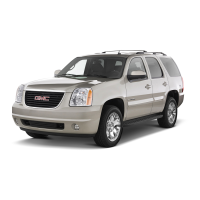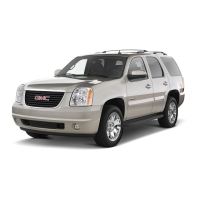Vehicle Care 10-57
10. Proceed to the driver side rear
tire, and repeat the procedure
in Step 7. The horn sounds
two times to indicate the
sensor identification code has
been matched to the driver
side rear tire, and the TPMS
sensor matching process is
no longer active. The TIRE
LEARNING ACTIVE message
on the DIC display screen
goes off.
11. Turn the ignition to LOCK/OFF.
12. Set all four tires to the
recommended air pressure
level as indicated on the Tire
and Loading Information label.
Tire Inspection
We recommend that the tires,
including the spare tire, if the
vehicle has one, be inspected
for signs of wear or damage at
least once a month.
Replace the tire if:
.
The indicators at three or
more places around the tire
can be seen.
.
There is cord or fabric
showing through the tire's
rubber.
.
The tread or sidewall is
cracked, cut, or snagged
deep enough to show cord or
fabric.
.
The tire has a bump, bulge,
or split.
.
The tire has a puncture, cut,
or other damage that cannot
be repaired well because of
the size or location of the
damage.
Tire Rotation
Tires should be rotated every
12 000 km (7,500 mi). See
Scheduled Maintenance on
page 11‑2.
Tires are rotated to achieve
a uniform wear for all tires.
The first rotation is the most
important.
Any time unusual wear is
noticed, rotate the tires as
soon as possible and check the
wheel alignment . Also check for
damaged tires or wheels. Also
check for damaged tires or
wheels. See When It Is Time for
New Tires on page 10‑58 and
Wheel Replacement on
page 10‑63.

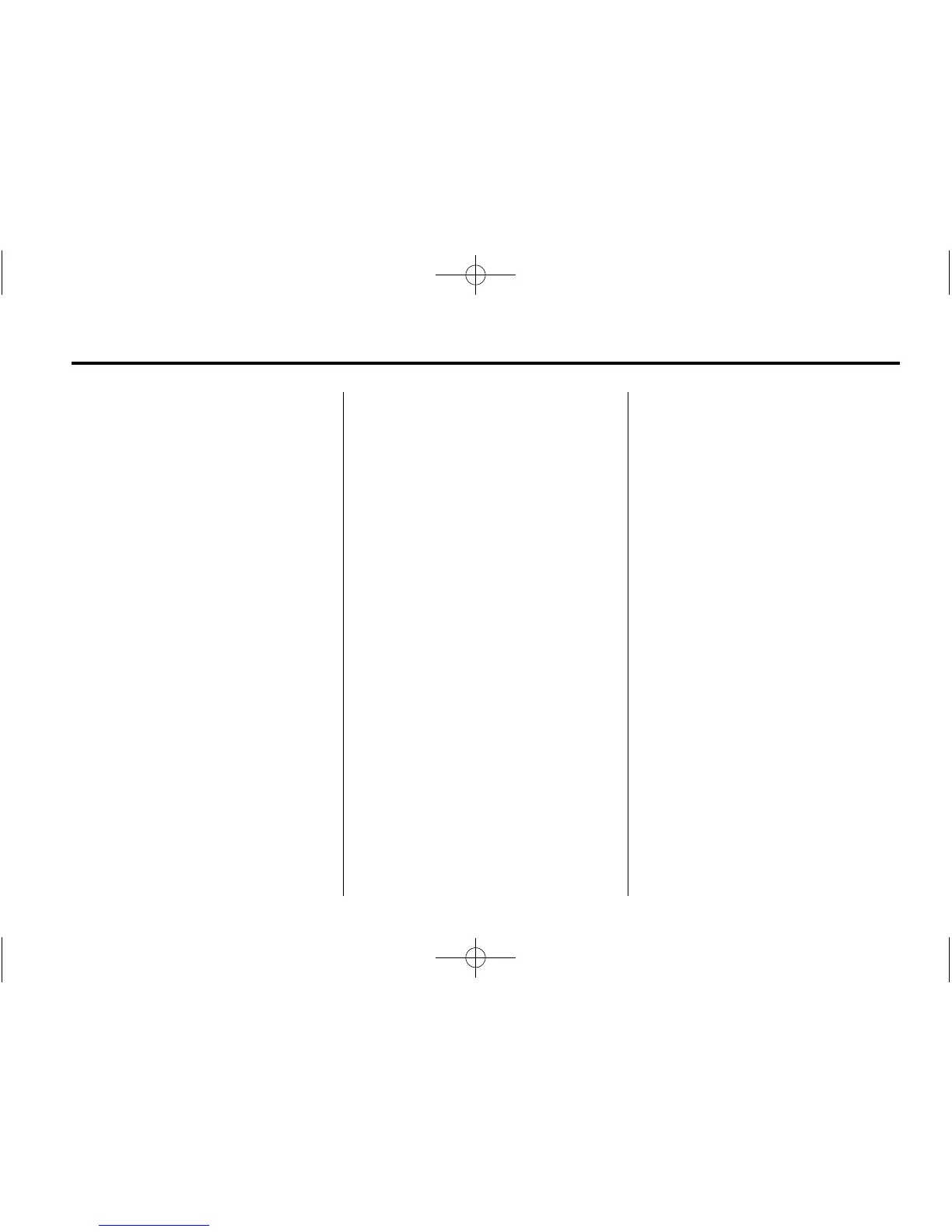